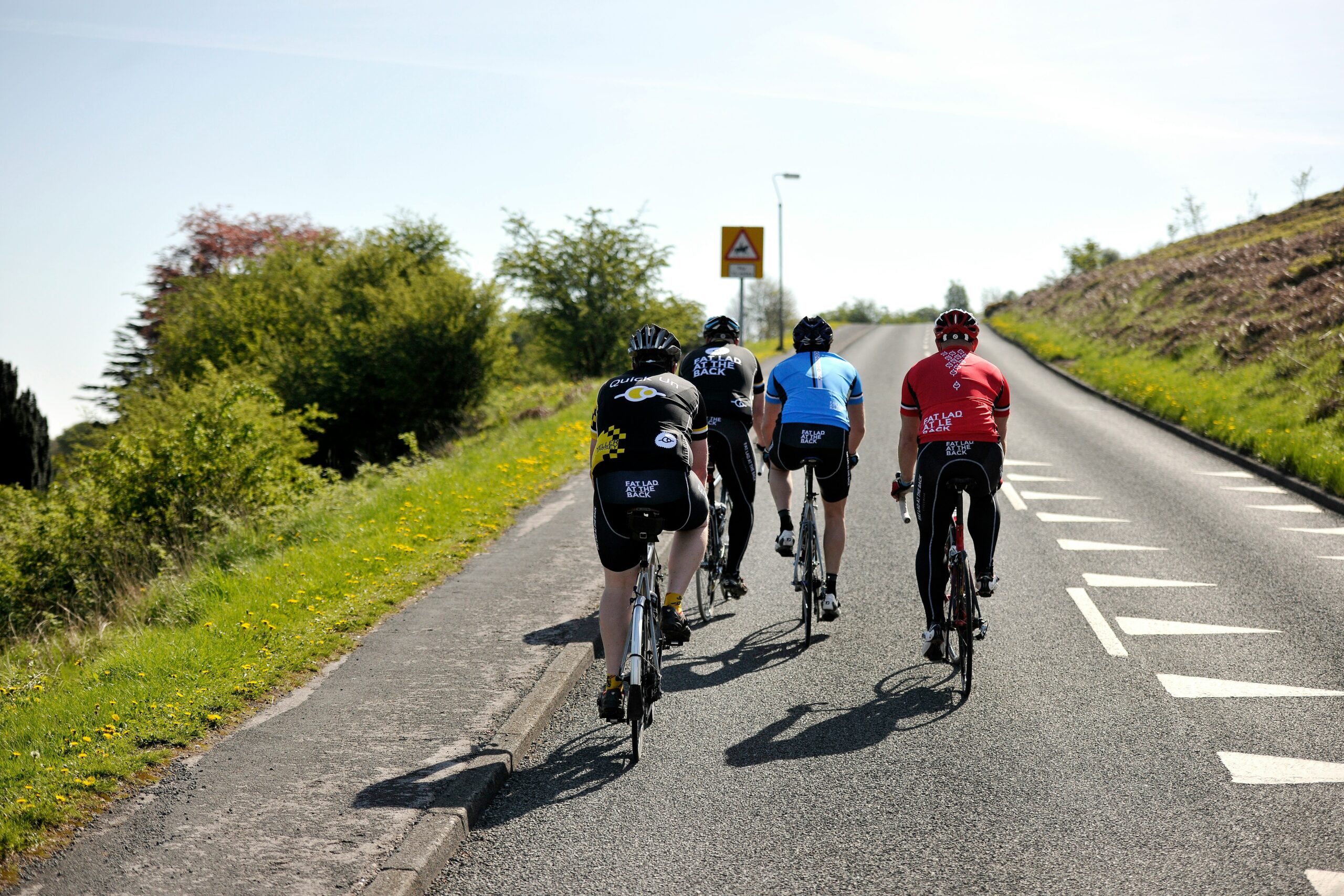Hilly road races are among the most challenging and rewarding events in cycling. Success requires more than sheer fitness—it demands climbing efficiency, pacing discipline, and the ability to respond to attacks and surges on steep gradients.
Preparing for these demanding races involves mimicking race conditions and refining your climbing techniques. This post explores a structured hill training session designed for the Peak phase of your training plan, focusing on replicating race-day climbing efforts.
The Unique Demands of Hilly Road Races
Hilly races are characterized by repeated climbs, where elevation changes test your aerobic and anaerobic capacity. While endurance is crucial, the ability to push hard during surges and recover quickly after efforts often determines your position in the peloton.
1. Sustained Climbing Power
Riders must maintain high power outputs over prolonged climbs without burning out. A strong aerobic base and good pacing skills are essential for these efforts.
2. Explosive Accelerations
Hilly races often feature surges, whether from attacks or changes in gradient. The ability to accelerate and sustain momentum can mean the difference between sticking with the group and getting dropped.
3. Recovery Between Climbs
Once a climb is complete, quick recovery is critical to prepare for the next effort. Efficient energy use and well-trained recovery mechanisms are key.
The Hilly Road Race Training Session
This workout is designed to replicate the climbing demands of a hilly road race, including sustained efforts, accelerations, and recovery periods.
Warm-Up
Start with a 15–20-minute warm-up. Gradually increase intensity, incorporating a few short bursts to activate your climbing muscles and prepare your cardiovascular system.
Workout Structure
Find a hill that mimics the length, gradient, and intensity of key climbs in your target race. Perform repeats on the hill, focusing on both sustained power and surges.
- Climbing Efforts: Accumulate 20 to 40 minutes of total climbing time. The duration should reflect the total time you expect to spend climbing during your race.
- Intensity: Ride each climb at your target power level, heart rate, or perceived race intensity.
- Surges: Every 30 to 60 seconds during each climb, stand up, shift to a higher gear, and accelerate for 12 pedal strokes. These surges simulate changes in gradient or race dynamics, helping you prepare for real-world conditions.
- Recovery: After each climb, recover for as long as the climb took. Use this time to bring your heart rate down and prepare for the next effort.
Progression During the Peak Period
As you move through the Peak period, reduce the total climbing time by approximately 20% each week. This tapering helps you stay sharp and fresh for race day while maintaining the adaptations gained during training.

Why This Training Method Works
1. Specificity
This workout replicates the physical and tactical challenges of hilly road races, training your body to handle the repeated efforts and surges characteristic of these events.
2. Strength and Power Development
The standing accelerations improve muscular strength and power, particularly in your glutes, quads, and hamstrings. These are the key muscles for climbing and sprinting.
3. Improved Recovery
By alternating hard efforts with recovery periods, this session enhances your ability to clear lactate and recover between climbs, a critical skill in races with multiple ascents.
4. Mental Toughness
Repeated hill efforts train your mental resilience, helping you stay focused and push through the discomfort of sustained climbing.
Tips for Optimizing Your Hill Training
1. Select the Right Terrain
Find a hill with a gradient similar to your race course. A 6–8% gradient is ideal for sustained climbing, while steeper pitches can add a challenging twist for surges.
2. Use Appropriate Gearing
Ensure your bike is equipped with the right gearing for hilly terrain. A compact crankset or a wide-range cassette can make sustained efforts and accelerations more manageable.
3. Focus on Technique
During standing accelerations, keep your upper body stable and drive power through your legs. Maintain a smooth pedal stroke and avoid wasting energy with unnecessary movements.
4. Track Your Performance
Use metrics like power output, heart rate, and cadence to monitor your efforts. Comparing these data points over time can help you measure progress and adjust your training.

Strategies for Race Day Success
When race day arrives, applying your training effectively can make all the difference. Here are some strategies to ensure you perform your best:
1. Pacing Is Key
Avoid going out too hard on the first climb. Maintain a steady effort, saving energy for the latter stages of the race when fatigue sets in.
2. Position Yourself Well
Stay near the front of the pack as you approach climbs. This reduces the risk of being caught behind slower riders or dropped during surges.
3. Manage Surges Wisely
Pick your moments to attack or respond to accelerations. Overextending yourself on every surge can leave you without energy for the final push.
4. Descend Efficiently
Recover on the descents, but stay alert and maintain good positioning for the next climb. Smooth, confident descending can save precious energy.

Common Challenges and Solutions
1. Overtraining
Repeated high-intensity climbing sessions can lead to burnout if not balanced with adequate recovery. Include rest days and lower-intensity rides in your training plan.
2. Poor Climbing Technique
Inefficient pedaling or excessive upper body movement can sap energy. Focus on maintaining a smooth, circular pedal stroke and a relaxed upper body.
3. Lack of Progression
If your climbing times or power outputs plateau, consider adjusting your training intensity or incorporating interval variations to stimulate further adaptations.
Conclusion
Hilly road races are as much about strategy and technique as they are about raw power and endurance. The hill training session outlined here is a proven method to prepare for the demands of these challenging events.
By mimicking race conditions, focusing on sustained power and surges, and incorporating progressive tapering, you can build the strength, stamina, and confidence needed to excel on race day. Combine this structured workout with smart pacing, tactical awareness, and efficient recovery strategies, and you’ll be well-prepared to conquer the climbs and achieve your goals.


Leave a Reply